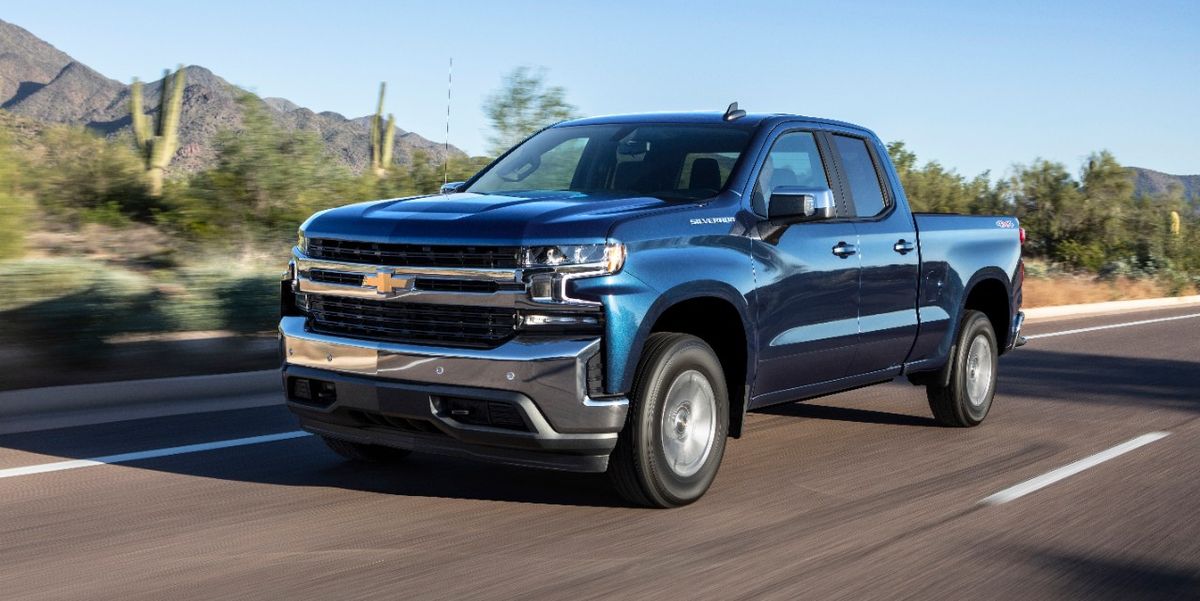The air fuel ratio is indeed the same... but it's using less fuel. Sorry, but your analogy is bogus - even if it sounds good in your head. I see your simple high school analogy, and raise you an engineering degree and years of experience building and tuning engines.
Air fuel ratio (AFR) just says how many air molecules are being consumed for every molecule of fuel. An AFR of 14.7 with gasoline means you're running at the stoichiometric ratio for gasoline - the chemical reaction has *exactly* the amount of air it needs to burn off that fuel no more (lean), no less (rich). That ratio is *not* the amount of fuel (grams/ second) going into a *changing* (MDS) volume of air.
The ratio of fuel to is *not* the only factor in the overall consumption of your engine as you drive - a one cylinder motorcycle can run at 14.7 next to a 4 cylinder car running at 14.7, next to a V8 truck running 14.7 at the same speed, but they're all obviously burning different amounts of fuel. Even if we take your simplistic (and broken) analogy, you *can* use less fuel because the engine was previously filling up
8 cylinders at a 14.7:1 AFR, and now it's filling up
4 cylinders at a 14.7:1 AFR - the *ratio* of air to fuel is unchanged, but you're filling up 2.85 liters of displacement with that air/ fuel mixture rather than 5.7... make sense?
In other words, the same super-simplistic V8 engine is now only filling 173.5 cc's with that same 14:1 AFR mixture rather than 347, because half the valves aren't even opening. By your own analogy, switching on MDS should actually *double* efficiency and halve the power.
The catch is that that's obviously now how things work. Anyone with an MDS truck can watch it kick on and see the MPG gauge go up by ~9-12%, not double. That's because the engine's actual consumption, or Brake-Specific Fuel Consumption (BSFC) which is a function of fuel consumption (grams per second) and engine power, varies with engine temperature, air temperature, engine load, and RPM - AFR is just how rich or lean you are. As you can see in this random example, the BSFC of an engine is very complex based on a lot of factors - it's not at all a linear relationship.
If you look at tables in a modern ECU, these are now mapped in 3D tables - the ECU knows *exactly* where it is most efficient, and operates accordingly. The days of super simple engines that operate based solely on what a mechanical throttle cable does are *long* gone.. and that's a good thing.
When you kick on MDS, the engine is now consuming half the air (grams/ second) and requires half the fuel (grams/ second of fuel at 14:1 AFR).. but power output is less than half because the engine now has 4 pistons worth of drag to worry about. To counteract this, they're actually *opening* the throttle and running those 4 cylinders at high loads where they're more efficient. Torque output is similar (so it's not like you just lifted off the throttle), but those 4 cylinders are operating much more efficiently. It's also what makes it a real challenge to make MDS feel smooth. I'm not a big GM guy, but this is *exactly* what GM's 2.7 (four cylinder!) truck does 100% of the time to maximize torque and efficiency at every operating scenario. Jason Cammisa has a great article about how that truck does the exact same thing but in spades:
Vehicles like the four-cylinder turbo Chevy Silverado perform a constant engine-management dance to give you the power you want—while burning as little fuel as possible.

www.roadandtrack.com
TL;DR AFR is only a part of what's going on - enabling MDS will net you at least 9% better fuel economy if you just enable it and quit piecing high school science into an analogy that doesn't even work in real life













